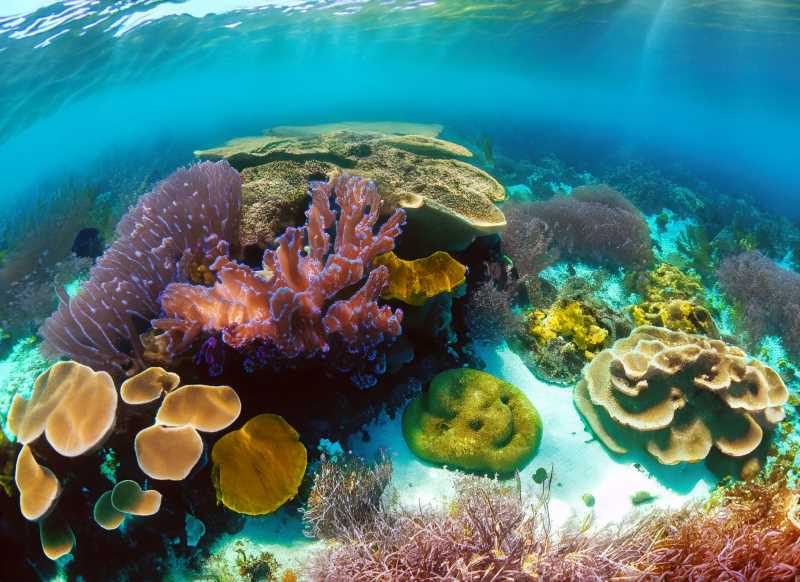How Islas Marías is Turning the Tide for Oceanic Conservation
In an era marred by oceanic hyper-pollution, climate change, and overfishing, Islas Marías emerges as a sanctuary for marine life. As a designated biosphere reserve, it is home to vital species of sharks, turtles, and mollusks.

The ocean, often heralded as the Earth's last frontier, has silently shouldered the brunt of human recklessness. From the disturbing number of nuclear bomb tests—over 150 according to reports—to agrochemical runoff from industrial-scale farming, and rampant overfishing, our blue planet is increasingly becoming a canvas of ecological despair. As we stand on the cusp of losing all coral reefs within a decade and face the grim prediction that our seas could be emptied of fish by 2048, there are pockets of hope that defy this narrative. One such place is Islas Marías, a biosphere reserve teeming with unique marine life including sharks, turtles, and mollusks.
Islas Marías is more than just a cluster of islands; it serves as a living laboratory, a testament to what oceanic life can and should be. As a designated biosphere reserve, the archipelago is a protected region, a rare sanctuary where marine species can thrive in an environment relatively untouched by human activities like commercial fishing and pollution. The area is home to important species like various types of sharks and turtles, which contribute to the ecological balance and are critical indicators of the overall health of marine ecosystems.




